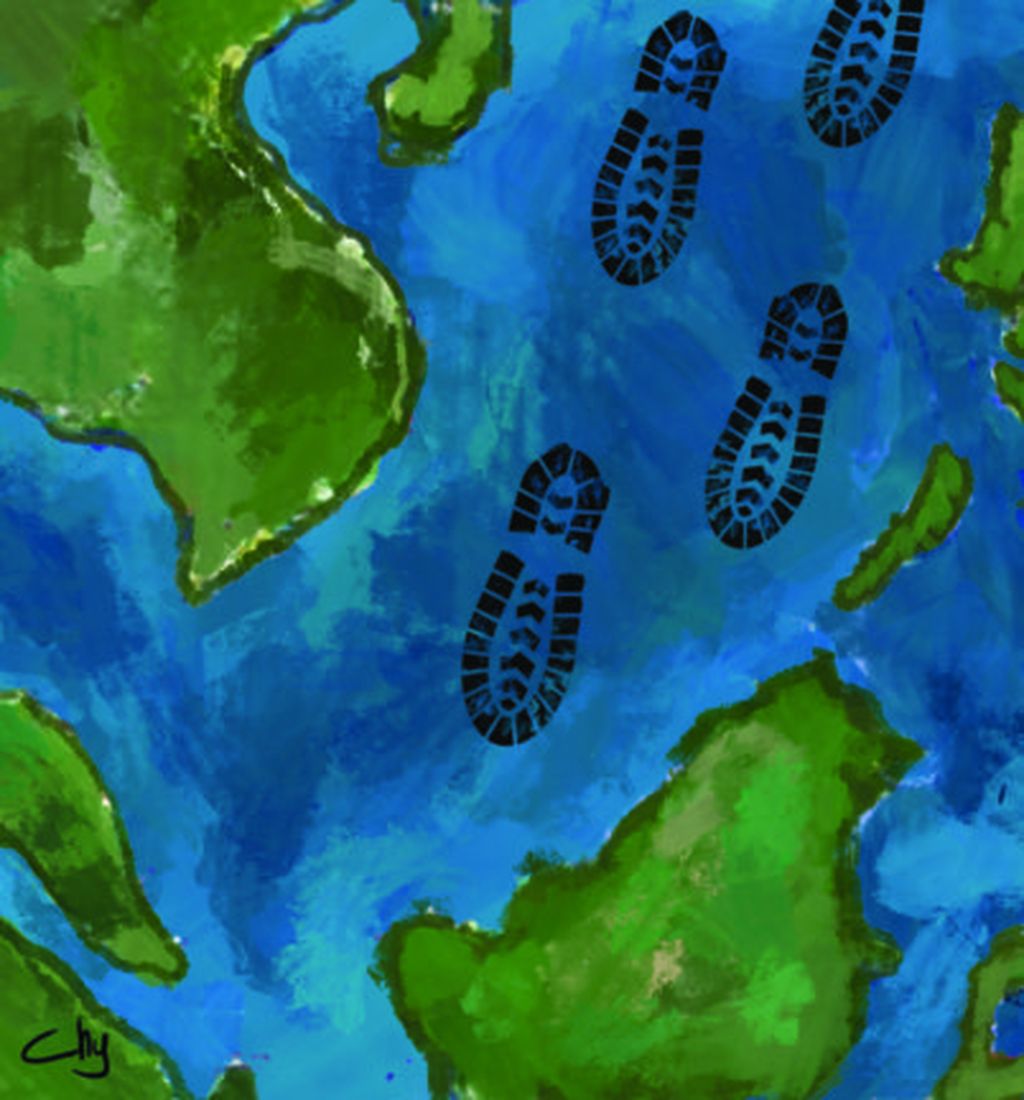Djuanda Declaration in the 21st Century
About 60 years ago, an important event occurred in Indonesia that was recorded in the annals of international law.

The prime minister at the time, Djuanda Kartawijaya (whose name is preserved in the name of the most important street in Bandung), made a declaration that shocked the world: "All waters around, between and connecting the islands or the parts of islands that belong to the territory of the Republic of Indonesia, regardless of breadth or width, are a reasonable part of the territory of the Republic of Indonesia, and as such, is part of the national waters under the absolute sovereignty of the Republic of Indonesia. Then peaceful crossing for foreign ships in these inland waters is guaranteed as long as they do not conflict with/disturb the sovereignty and safety of the Indonesian state.”
This declaration overturned the world\'s understanding of sea boundary agreements. And in terms of the Indonesian nation, the declaration became an important milestone after the 1945 Proclamation of Independence in affirming the territorial sovereignty of the Unitary State of the Republic of Indonesia (NKRI). Before the declaration, the territory of the Republic of Indonesia referred to the 1939 Netherlands Indies Ordinance, Teritoriale Zee en Maritieme Kringen Ordonantie 1939 (TZMKO 1939). The colonial government looked at the sea as a divide between islands. Each island had a marine area only 3 miles from the coast, which meant that foreign vessels were free to sail in the marine regions between islands.